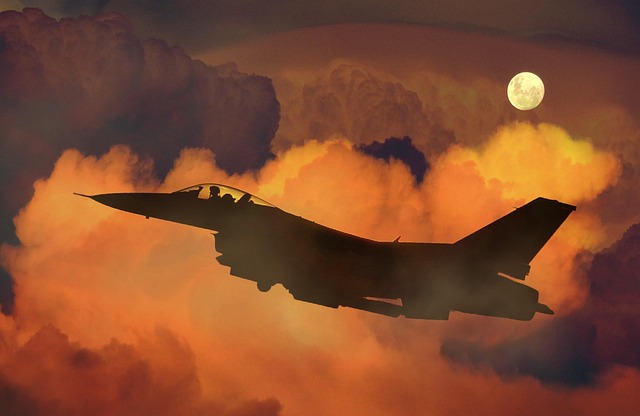Night photography offers a unique canvas for photographers, providing an exhilarating blend of creativity and technical challenge. The interplay of shadows and light at night can create breathtaking compositions that evoke emotion and wonder. Mastering night photo composition requires not just an understanding of your camera and lenses, but also a profound connection to the atmosphere and environment you are shooting in.
To begin, it is essential to familiarize yourself with your camera settings. A good night photo often relies on longer exposures, so using a tripod is crucial. This stability allows you to capture those beautiful light trails, twinkling stars, or the soft glow of city lights without compromising clarity. Adjust your aperture to a wide setting to allow more light to hit the sensor, which is vital in low-light conditions. A higher ISO can also help, but be wary of too much grain that can detract from your image quality.
When composing your shot, think about leading lines and framing. The night provides shadows that can guide the viewer’s eye deeper into the composition. Use elements like roads, bridges, or pathways that lead toward a light source or stunning skyline. Pair this with a well-structured foreground; perhaps a silhouette of trees or buildings can contrast beautifully with the illuminated background, adding depth to your night photo.
Optics play a pivotal role in capturing the magic of night. Lenses that perform well in low light, such as prime lenses with wide apertures, can help yield sharper images and stunning bokeh. Some photographers also find that using filters can enhance their night photos, whether they wish to reduce glare from street lights or add depth to a starry sky.
Experimentation is key in night photography. Don’t hesitate to try out various angles, focal lengths, and compositions until you find one that resonates with your artistic vision. As you become accustomed to the darkness, you’ll begin to understand how to read the light, effectively turning the night’s canvas into a work of art. Remember, the beauty of night photography lies in its unpredictability; every shot can unveil a new story waiting to be told through your lens.
Lastly, don’t shy away from post-processing. Adjusting levels, enhancing contrast, or even adding a bit of clarity can significantly elevate your night photo. However, strive for balance — you want your images to feel natural yet impactful. Embrace the art of night photography and let your imagination guide you through the dark.



